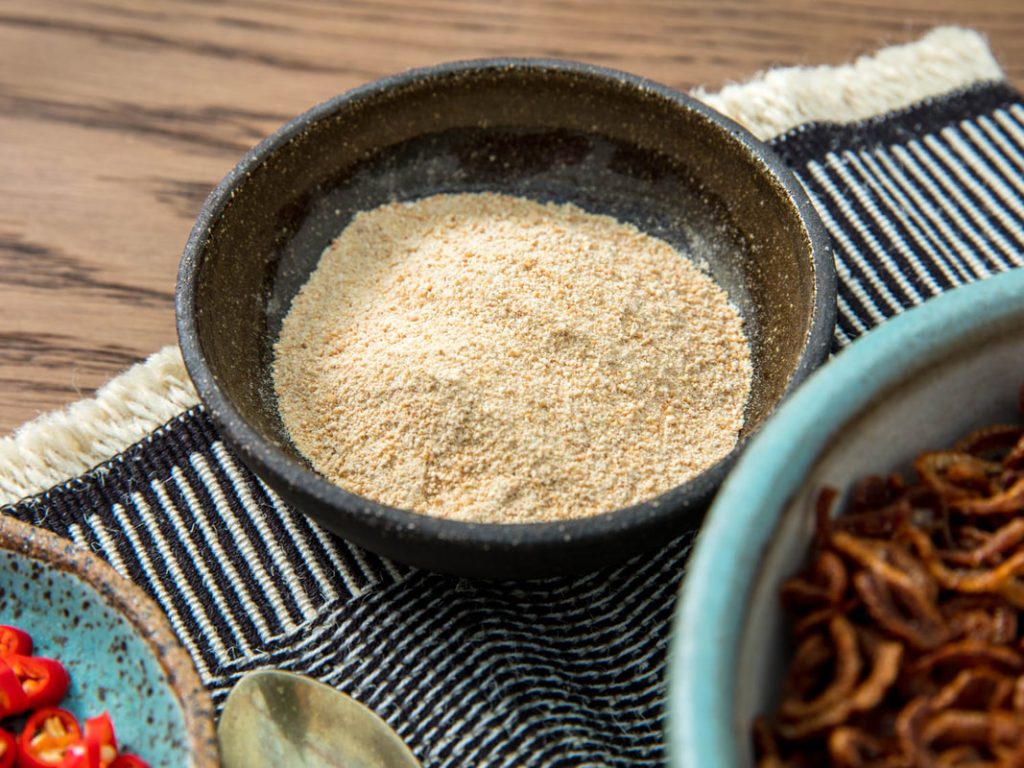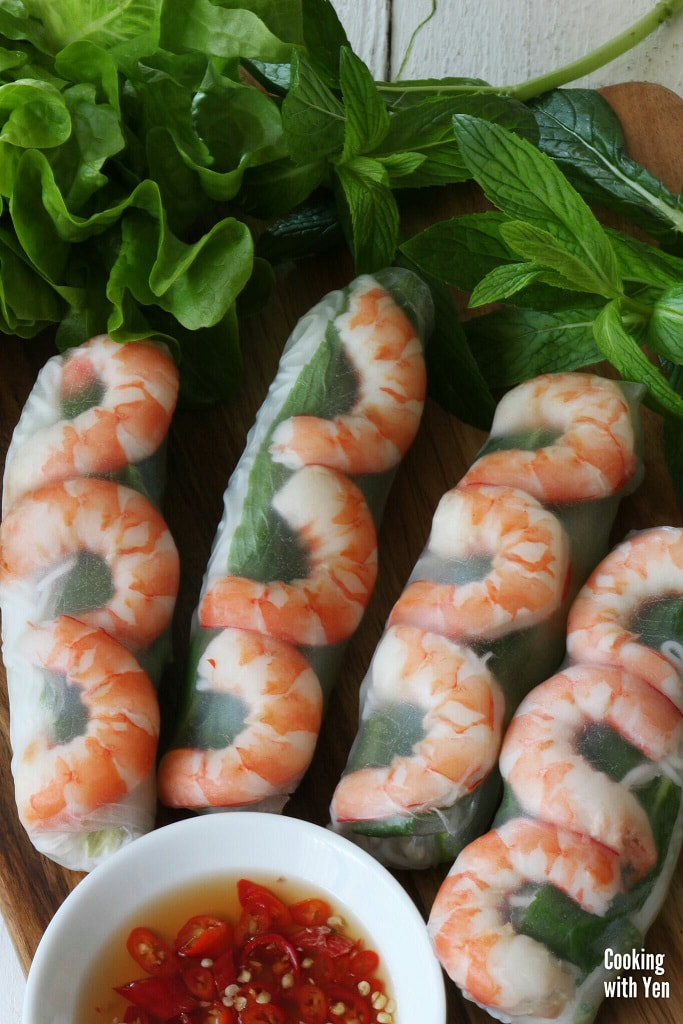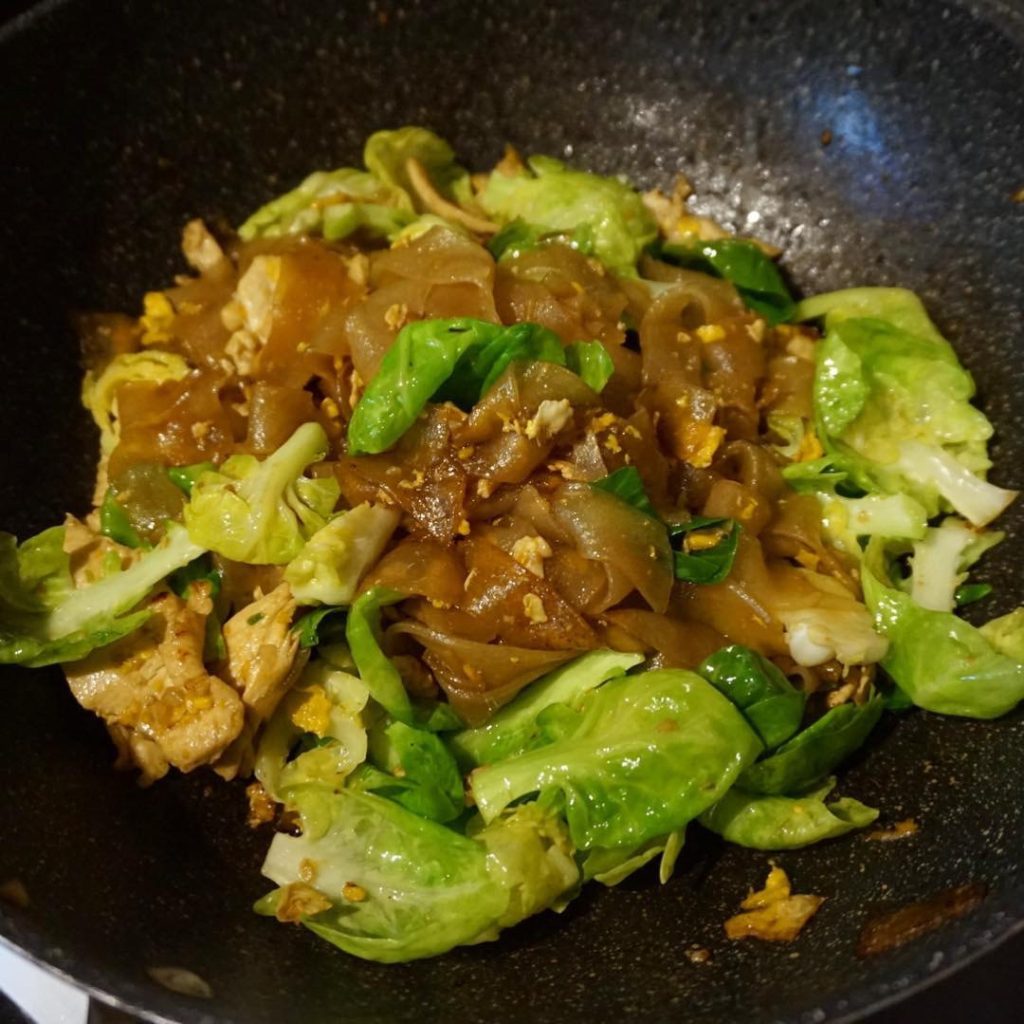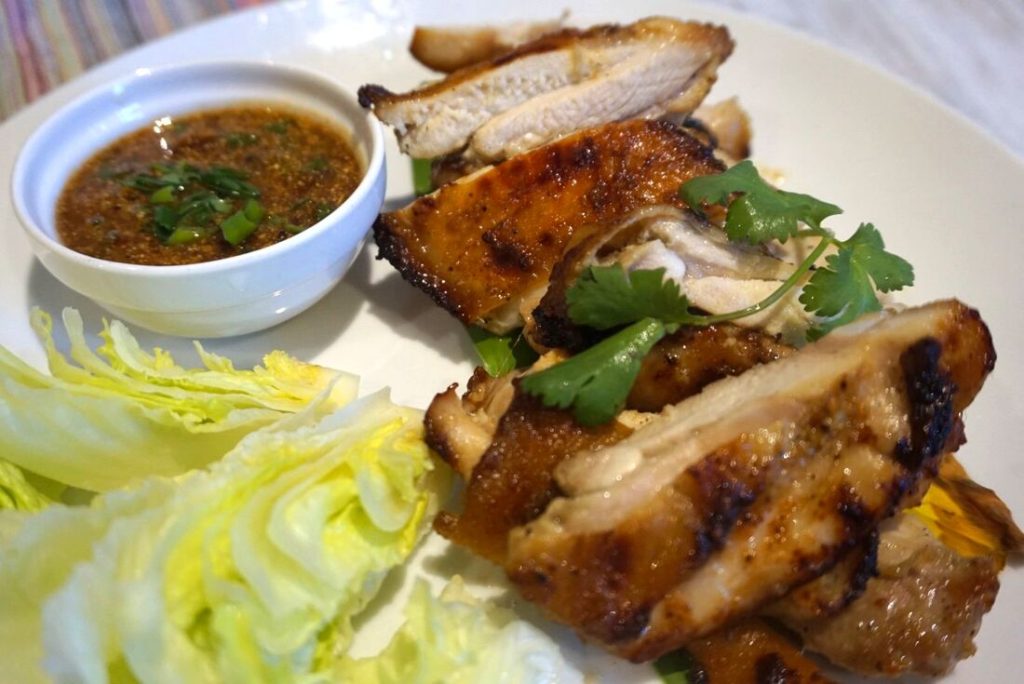Have you ever marvelled at the stickiness of sticky rice and wondered at what it could possibly glue together?
It may come as no surprise to you that sticky rice has been holding together ancient structures for centuries.
Analytical study shows that the ancient masonry mortar is a kind of special organic-inorganic composite material,” the scientists explained. “The inorganic component is calcium carbonate, and the organic component is amylopectin, which comes from the sticky rice soup added to the mortar. Moreover, we found that amylopectin in the mortar acted as an inhibitor: The growth of the calcium carbonate crystal was controlled, and a compact microstructure was produced, which should be the cause of the good performance of this kind of organic-organic mortar.
The result is a more tightly bonded mixture that’s especially water resistant and more likely to hold its shape over time. It is also suggested that the mortar become stronger over the years, because the key chemical reactions in the mortar continue to occur.
This could be considered one of the greatest technological innovations of the time. Builders used the material to construct important buildings like tombs, pagodas, and city walls, some of which still exist today.
One tomb built during the Ming dynasty (1368-1644) “was so firm that a bulldozer could do nothing about it,”. Some religious structures and bridges built with sticky-rice-containing mortar even survived a magnitude-7.5 earthquake in 1604.
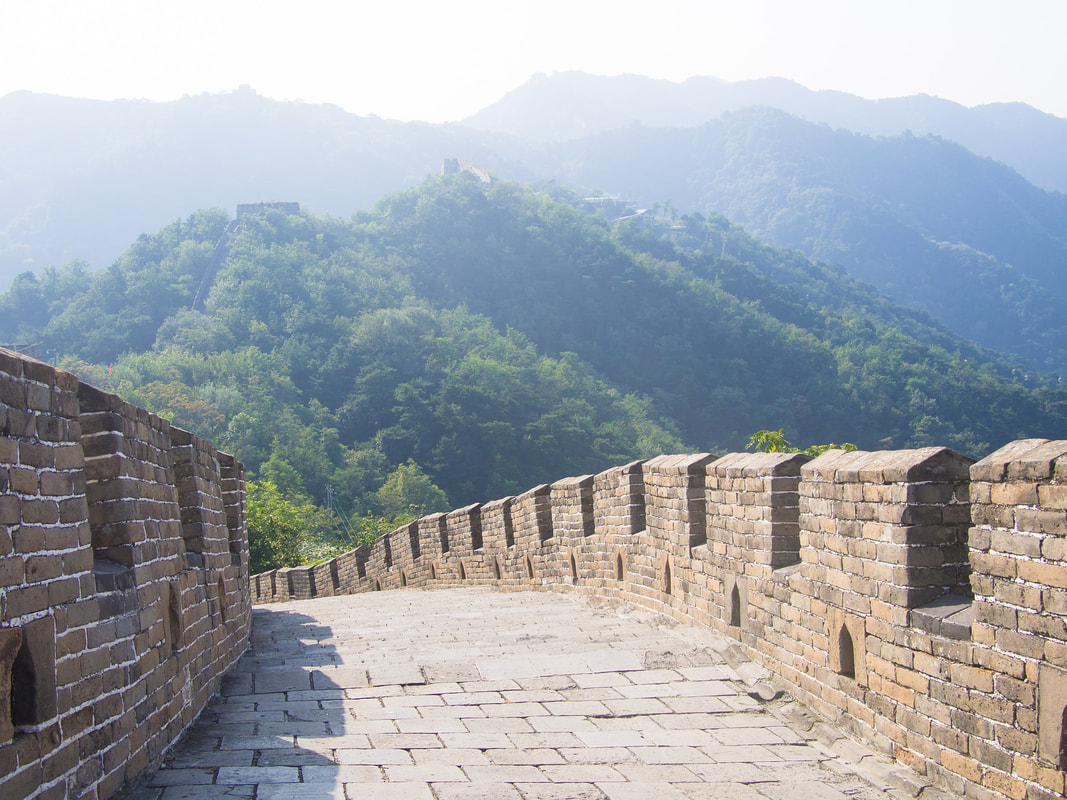
”When you’re conserving historic buildings, it’s very important to produce a conservation mortar that has the same physical properties as what was originally used,” said Belinda Colston a chemist of the University of Lincoln in Lincoln, U.K.
“If you put in modern mortar, it’s too strong for the building material,” she added. “The bricks would have been quite soft. If your mortar is too strong, you end up destroying the brick. When you build a building, the mortar is supposed to be softer than your brick.”
References
https://www.ripleys.com/weird-news/great-wall-sticky-rice/
https://inhabitat.com/sticky-rice-is-1500-year-old-secret-to-super-strong-chinese-buildings/
https://www.sciencedaily.com/releases/2010/05/100530093704.htm
https://pubs.acs.org/doi/10.1021/ar9001944
https://phys.org/news/2010-05-revealing-ancient-chinese-secret-sticky.html
https://www.nationalgeographic.com/news/2010/6/100608-sticky-rice-mortar-china-science/
https://www.seeker.com/sticky-rice-made-ancient-mortar-stronger-discovery-news-1766492731.html


